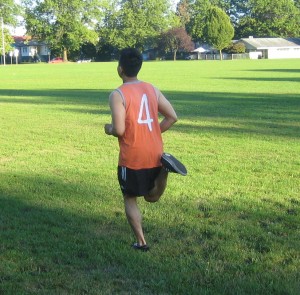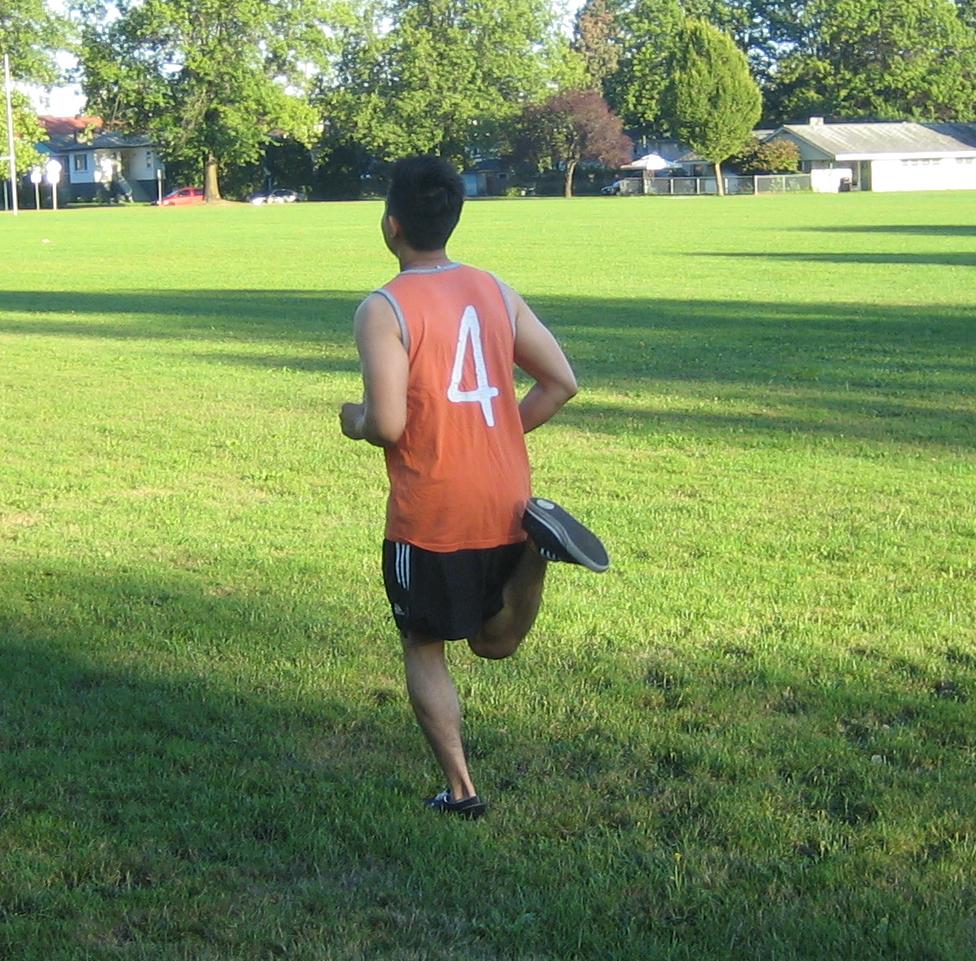Lactic acid accumulation in muscles causes soreness after performing a workout. Lactic acid is a waste product of glycogen conversion into energy which accumulates when there is a decreased supply of oxygen in the area. This happens when performing anaerobic exercises such as weight lifting or sprinting, untried vigorous exercises and overexerting. This results to the formation of lactic acid in the muscles. By cooling down and performing light activities and motionless stretches, the lactic acid can be minimized.
Treatment

- Apply a warm or cold compress on the affected area to lessen the pain and swelling around the damaged area. Heat heals the injury on the muscles and promotes fast healing of the area as well as increases the flow of blood.
- Massage the affected area to relieve the tension, reduce the pain due to strained or torn muscles and prevent future attacks of cramping.
- Take the prescribed non-steroidal anti-inflammatory drug (NSAID) to lessen the pain and inflammation.
- Warm up before performing any physical activity to minimize the lactic acid formation. Begin the workout with stretching of the muscles and joints to minimize the risk for injuries. Take a walk, run on a treadmill or pedal on a stationary bike for at least a few minutes. Warming up keeps the blood oxygenated and minimizes the accumulation of lactic acid.
- Perform aerobic and strengthening exercises regularly at least 20-30 minutes such as walking, rowing, jogging and aerobic dance and 20-minute weight lifting every week to minimize the lactic acid formation in the muscles
- Cool down after a workout. Cool down at least 5 minutes or until the heart rate returns to normal.
- After cooling down, perform static stretches by stretching the muscles as far as possible and holding the stretch. Put one foot on a bench and lean over from the waist and then take hold of the foot or as close as can be reached and remain in that position for a slow count of 10. It stretches the hamstring and eliminates excess lactic acid in the muscles.
- Take a bath mixed with Epsom salts to relieve the soreness of the muscles.
- Increase the intake of magnesium in the diet to minimize the buildup of lactic acid. Mineral magnesium is needed for the production of energy in the body. It gives energy to the muscles while performing exercises and also prevents build up of lactic acid. Vegetables such as collar beans, pinto beans, kidney beans pumpkin, sesame and sunflower seeds as well as tofu are rich in magnesium content.
- Consume foods rich in fatty acids to lessen the lactic acid accumulation in the muscles. It also lessens the dependence of the body on lactic acid when performing intense workouts. Salmon, mackerel, walnuts and flaxseeds are rich in essential fatty acids.

